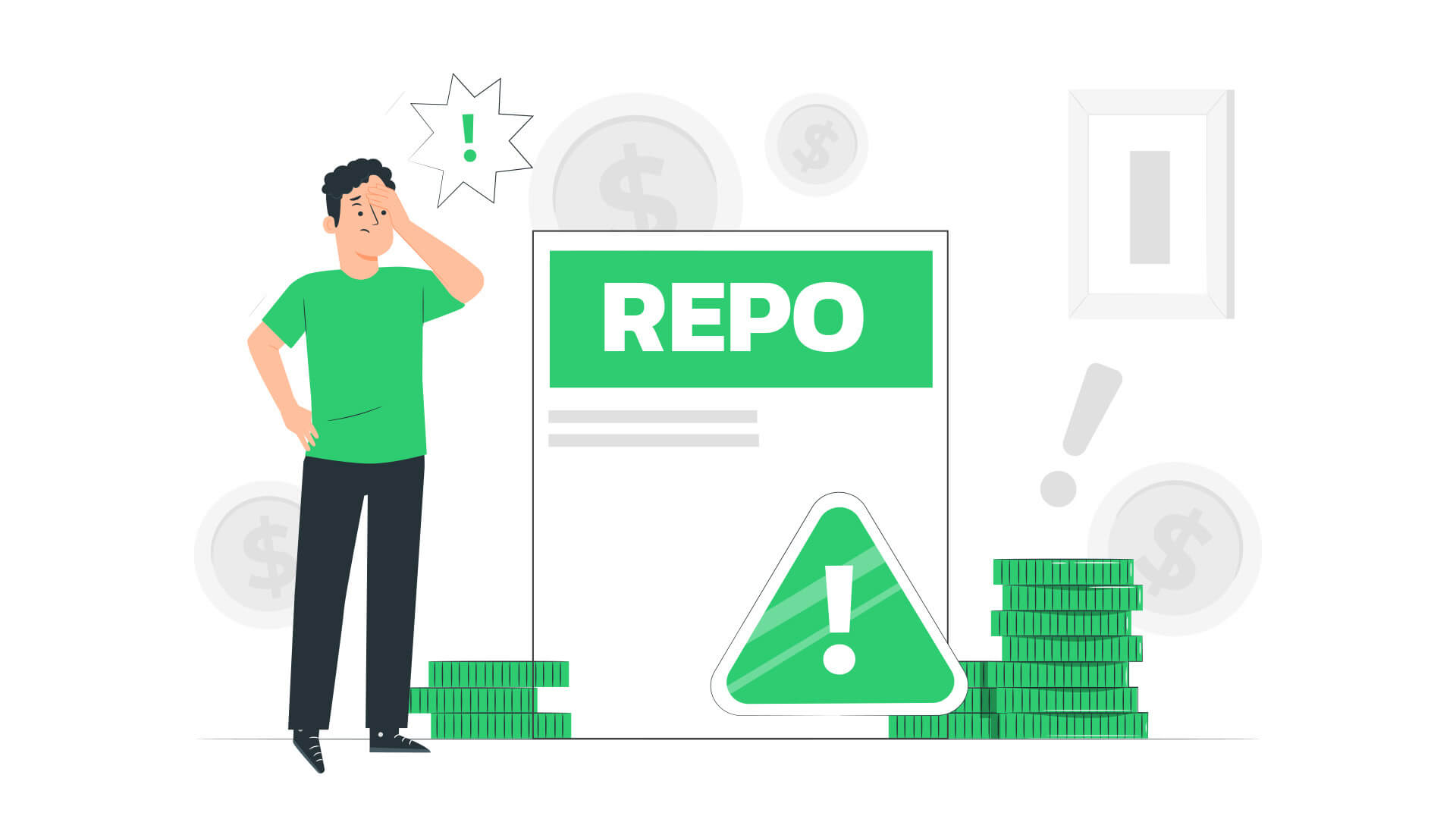What is the repo rate and why should you care about it?

If you’ve ever taken a loan or followed financial news, you’ve probably heard about the repo rate. But what exactly is it, and how does it impact your personal finances? The repo rate plays a key role in determining the interest rates on loans and savings, making it crucial for individuals, businesses, and investors to understand.
✅ Step 1: What is the repo rate?
The repo rate (repurchase rate) is the interest rate at which the central bank lends money to commercial banks. It influences borrowing costs across the economy.
✅ When the repo rate increases: Borrowing becomes more expensive as banks raise their interest rates in line with the higher repo rate, while maintaining the same margin.
✅ When the repo rate decreases: Borrowing becomes cheaper, encouraging businesses and individuals to take loans.
✅ Impact on inflation: Higher repo rates help control inflation, while lower repo rates stimulate economic growth.
📌 Example: If the central bank raises the repo rate from 4% to 5%, commercial banks may adjust their lending rates accordingly, leading to higher interest rates on products such as home loans, car loans, and credit cards.
💡 Pro Tip: If you’re planning to take a loan, monitoring repo rate trends can help you secure a lower interest rate when rates are favorable.
💰 Step 2: How the repo rate affects you
Changes in the repo rate influence multiple aspects of personal finance, including:
✅ Home Loans & Personal Loans: Higher repo rates mean higher monthly loan repayments, while lower rates make loans more affordable.
✅ Savings & Fixed Deposits: When the repo rate goes up, banks often increase interest rates on savings and fixed deposits, making it a good time to save.
✅ Credit Card Interest Rates: A rising repo rate may lead to higher credit card interest rates, increasing borrowing costs.
✅ Investments: Lower interest rates can push investors toward stocks and real estate, while higher rates make fixed-income investments more attractive.
📌 Example: If you have a home loan of Rs. 2 million at an interest rate of 7%, a repo rate increase leading to a 1% rise in your loan rate could add thousands to your annual repayment costs.
📊 Step 3: The role of the prime lending rate (PLR)
The prime lending rate is the interest rate that banks charge their most creditworthy customers. It is directly influenced by the repo rate and determines the rates offered on loans and credit products.
✅ When the repo rate increases, the prime lending rate also rises, making loans more expensive.
✅ When the repo rate decreases, banks may lower their prime lending rate, reducing borrowing costs.
✅ Personal & Business Loans: Understanding the prime rate helps individuals and businesses negotiate better loan terms.
📌 Example: If the repo rate drops by 0.5%, banks may reduce their prime lending rate from 6.5% to 6%, making it a great time to apply for a mortgage or refinance existing debt.
💡 Pro Tip: Always compare loan offers based on the prime lending rate rather than just promotional rates to get the best long-term deal.
🏦 Step 4: What you can do to benefit from repo rate changes
To take advantage of repo rate fluctuations, consider these strategies:
🔹 When the repo rate is low:
✅ Take advantage of lower loan rates for home purchases, refinancing, or business expansion.
✅ Lock in competitive fixed deposit rates before they rise again.
✅ Consider investing in growth assets like stocks or property.
🔹 When the repo rate is high:
✅ Focus on increasing savings and taking advantage of high-interest accounts.
✅ Avoid unnecessary borrowing to prevent paying higher interest.
✅ Review and negotiate loan terms with your bank.
📌 Takeaways: Why the repo rate matters to you
✔ Affects loan interest rates, savings, and investment opportunities.
✔ Higher repo rates make borrowing more expensive but increase savings returns.
✔ Lower repo rates make loans cheaper but reduce interest on savings.
✔ Staying informed helps you make smart financial decisions




